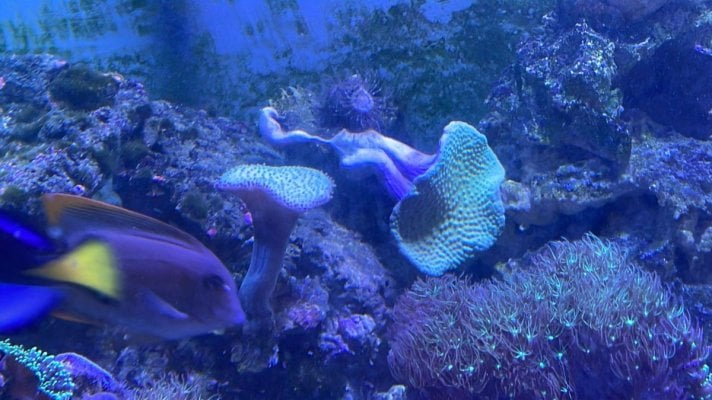So I am trying to lower my phosphate, but for some reason whenever I come closer to the 0.06 PPM, the more this coral seems to wanna die(?)
My water values are:
salinity: 1025
PH: 8.15
ammonia: 0
nitrite: 0
nitrate: +/- 5-10 PPM
phosphate: 0.2
magnesium: 1275
calcium: 365
water temp: 25-26 (between the 25 and 26 it hovers)
Dkh: 13 (trying to reduce it)
when my phosphate levels were up, the coral did way better and wasn't bend over like this. What could a possible reason be for it? I used 3 Hydra 26 HD for my 120 gallon and recently changed the waterflow a bit from a direct stream to more back-to-front. Could anyone ID the coral as well by any chance?

My water values are:
salinity: 1025
PH: 8.15
ammonia: 0
nitrite: 0
nitrate: +/- 5-10 PPM
phosphate: 0.2
magnesium: 1275
calcium: 365
water temp: 25-26 (between the 25 and 26 it hovers)
Dkh: 13 (trying to reduce it)
when my phosphate levels were up, the coral did way better and wasn't bend over like this. What could a possible reason be for it? I used 3 Hydra 26 HD for my 120 gallon and recently changed the waterflow a bit from a direct stream to more back-to-front. Could anyone ID the coral as well by any chance?



















